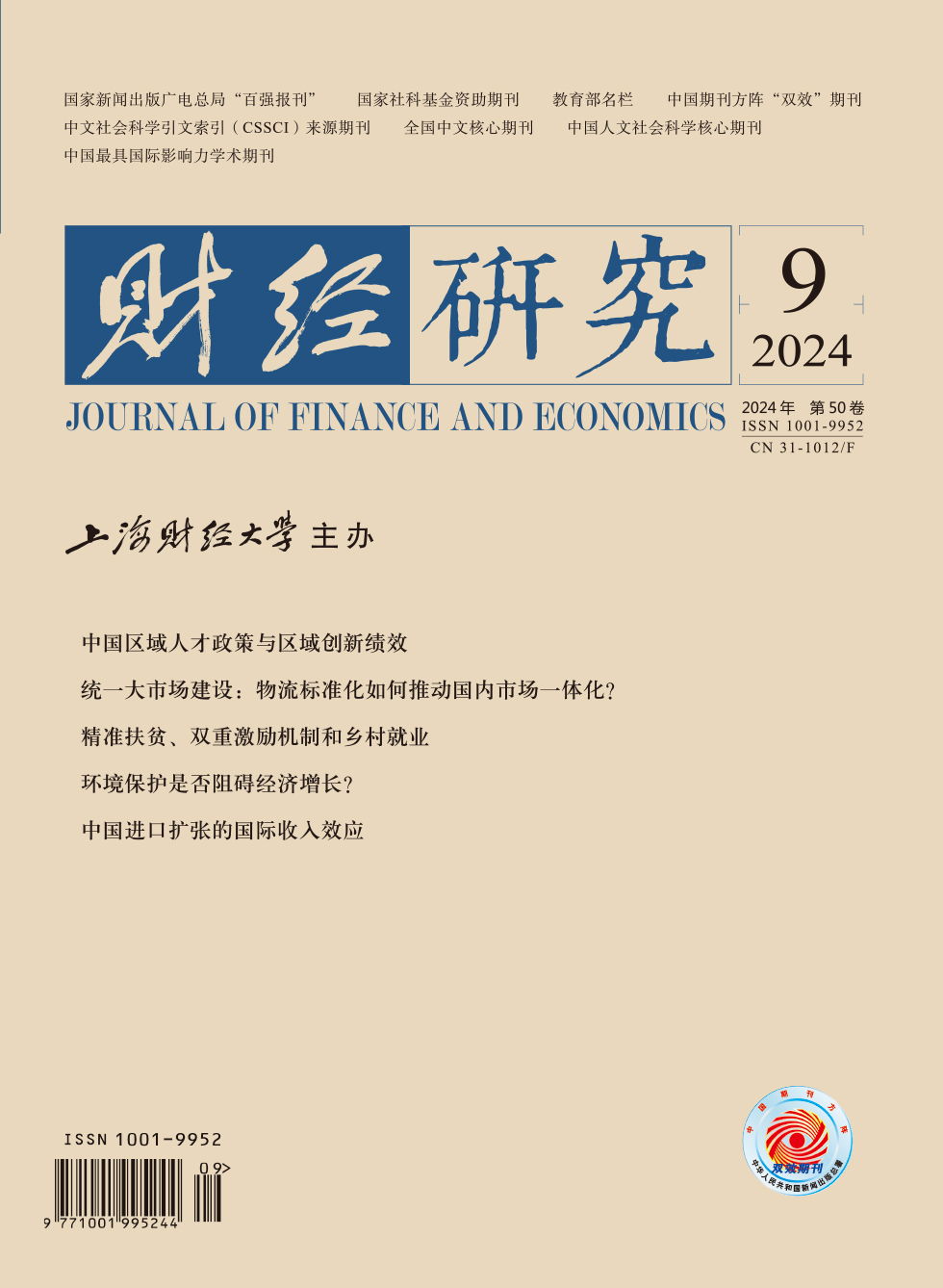Since its entry to the WTO in 2001, China has not only supplied the global market with high-quality and cost-effective products through its export expansion, but also spurred new economic growth opportunities worldwide through its increased imports. Existing literature has explored the impact of China’s exports on the global economy, while there is a notable gap regarding how China’s burgeoning imports affects the welfare of foreign residents. Utilizing China’s WTO entry as a quasi-natural experiment, this paper addresses this gap by examining the impact of China’s import expansion on the welfare of foreign residents.
This paper first aligns tariff rates from China’s 6-digit HS-coded sectors with U.S. SIC industries using a weight conversion file from Autor et al. (2013). It then weighs these rates by employment figures in SIC-coded industries within each U.S. commuting zone, as provided by David Dorn, to measure the exposure to China’s imports at the commuting zone level. Subsequently, this paper utilizes U.S. Census data from 1990-2010, sourced from IPUMS, to pinpoint the commuting zones of residents and assess the impact of China’s import expansion on the real incomes of U.S. residents employing a DID approach. The findings indicate that China’s import expansion significantly enhances the real income level of U.S. residents by optimizing human resource allocation, increasing educational returns, and narrowing the gender income disparity. Furthermore, this paper observes that during the financial crisis, China’s import expansion not only supported the U.S. economy, but also contributed to reduced poverty-related expenditures and a decrease in the population living below the poverty line. The impact of China’s imports on the U.S. is more pronounced in capital and consumer goods compared to intermediate goods.
The contributions of this paper are as follows: First, it extends the scholarly dialogue concerning China’s trade growth and its implications for the global economy by exploring how China’s import expansion affects the welfare of foreign residents. Second, it elucidates the pathways through which China’s import expansion affects U.S. residents’ incomes and discusses the varying impacts over different periods as well as the quantifiable income growth effects of diverse product imports on foreign residents. Third, beyond analyzing the impact of China’s import expansion on U.S. anti-poverty and welfare incomes, it assesses the aggregate effect of China’s trade dynamics, considering both imports and exports, on U.S. residents’ incomes. The findings provide substantial evidence on how China’s international trade development confers benefits globally and offer a counter-narrative to the “China threat theory”.





 3505
3505  6134
6134

